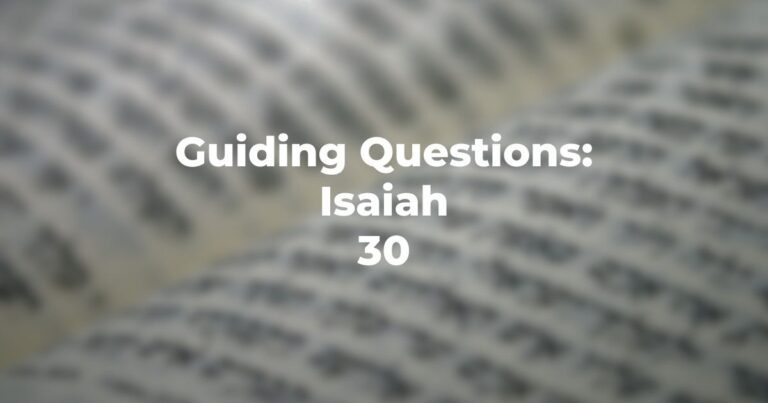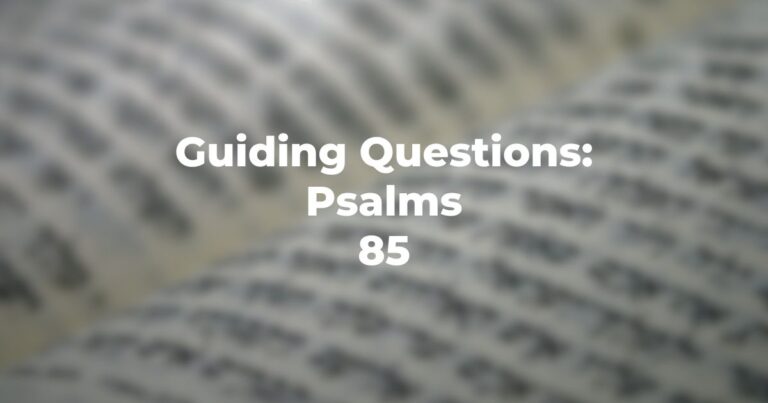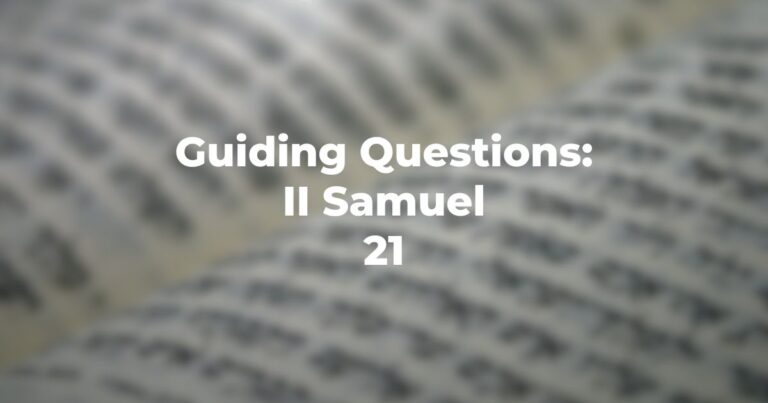- When the full story is read – what was the test?
- Why is “lekh lekha” especially appropriate as an introductory phrase – and has it been encountered before?
- Has the text prepared the reader for “child sacrifice” as a Divine expectation?
- Abraham argued for others at Sedom; why not even a word at this juncture?
- Does Genesis 22:5 imply that Abraham knows that the request to offer up his son was not anything but a test (N.B. “we will return to you”)?
- Genesis 22:6 speaks of “going together” – what is the special significance?
- In Genesis 22:8, is Abraham’s answer an additional indication that it is not his son who will be slaughtered?
- How explain the son’s total inaction in Genesis 22:9?
- If Genesis 22:10–12 were excised and the story continued from Genesis 22:9 directly to Genesis 22:13, how would that radically change the point of the narrative (i.e. Abraham understood by himself that his son was not to be offered)?
- Might the current narrative be a melange from writers with two differing points of view – (a) Abraham’s self-awareness or (b) his need to be instructed?
- In Genesis 22:14, who, what, will be seen?
- Why (Genesis 22:15) the second message and is anything “new”?
- In Genesis 22:19, why “Abraham returns to his servants”? Where is the son?
- Was the test, then, “from what I already know of you, you couldn’t want me to do this” or, “God’s demand whatever, must be obeyed”?
- Why the genealogy (Genesis 22:20–24) at this point? When will Bethuel be encountered (soon) again?
Author
-

Exploring Judaism is the digital home for Conservative/Masorti Judaism, embracing the beauty and complexity of Judaism, and our personal search for meaning, learning, and connecting. Our goal is to create content based on three core framing: Meaning-Making (Why?), Practical Living (How?), and Explainers (What?).
View all posts




